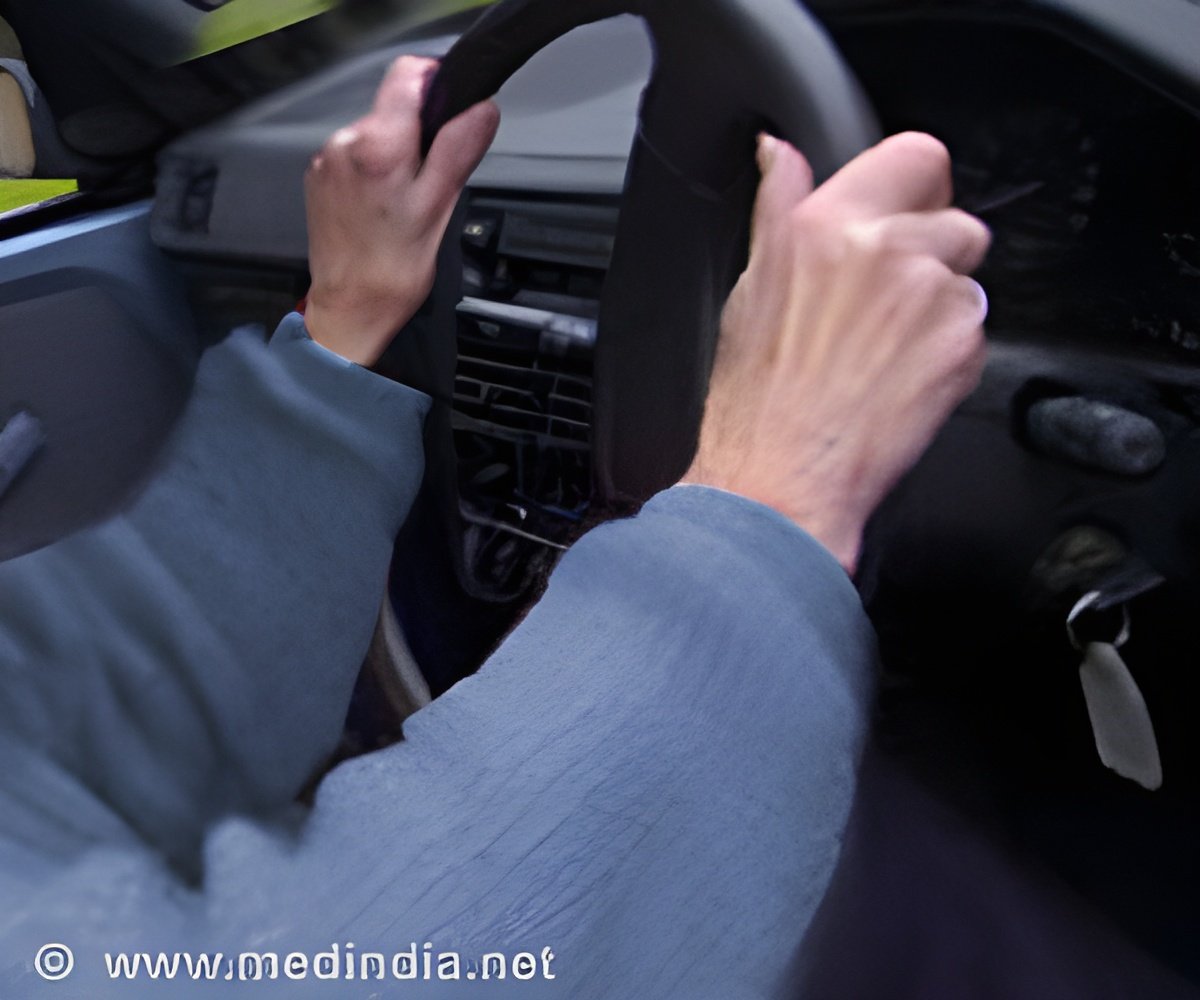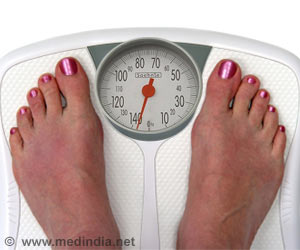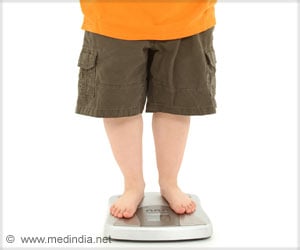The time spent driving each day is associated with waist circumference, body mass index, cardio-metabolic risk and fasting plasma glucose.

The researchers analyzed the health and driving habits of 2800 Australian adults between the ages of 34 and 65. The researchers also adjusted the factors such as diet, alcohol consumption, socioeconomic level and physical activity.
The results of the study showed that 80% of the Australians travel to and from work by car. The average commuting time each day is about an hour and 20% spend 90 minutes or more in their cars.
Lead author of the study, Professor Takemi Sugiyama, said that while research has shown time in front of the TV has a negative impact on health, "we didn't know much about sitting in transport."
"What we found is if you compare those who spend more than one hour per day driving with those who spend 15 minutes or less, the health outcomes are very different," said Sugiyama.
"Public transport use may not be necessarily sitting: this would be a major difference between car use and public transport," Sugiyama further added.
Advertisement
The study suggested that people can make a significant difference to their health by leaving the car at home and commute to work by walking or cycling.
Advertisement
Source-Medindia













